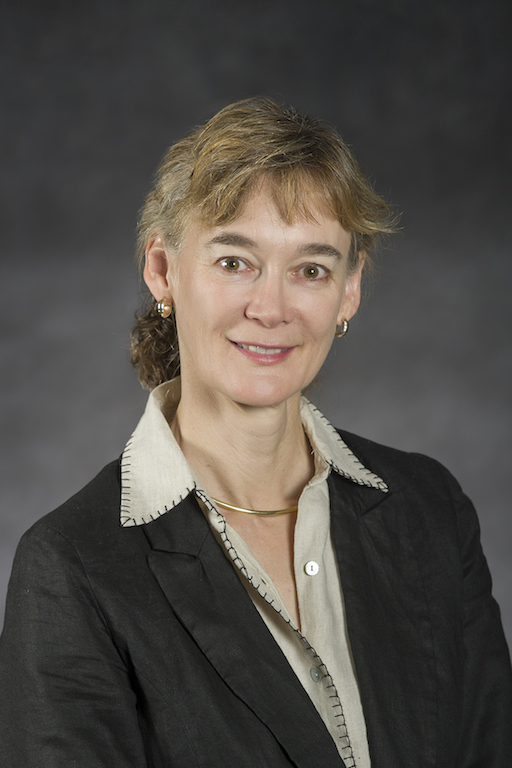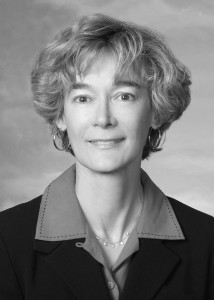Where did you go to college?
Virginia Tech
Would you recommend studying architecture to a young person?
An enthusiastic Yes! I spent a year in the College of Engineering but found the curriculum to allow little flexibility for exploration and creativity back in the 1980s when I was in school. Architecture offered then, as it does now, much more freedom to define your own path for learning and to apply what you’ve learned in the studio. I think an architecture degree confers multiple skills which can be used in lots of different fields.
What does it take to be an architect?
It certainly takes determination and commitment since the path to licensure is a long one. It also takes mental dexterity to synthesize disparate concepts and to move nimbly from the general to the specific. I also think it takes curiosity and a certain eagerness for new discovery.
Was there an architect that particularly inspired you?
I was deeply inspired after having visited the Thorncrown Chapel in Arkansas by Fay Jones in the 1980s.
What are you currently reading?
I always have several books going at once. Right now I’m interested in exploring the nexus between the physical environment and human behavior. So I am reading some articles from a SCUP (Society of College and University Planners) publication, and “Why Architecture Matters” by Paul Goldberger and “American Places, in search of the twenty-first century campus by Perry Chapman” and “Mission and Place, strengthening learning and community through campus design” by Daniel Kenney, Ricardo Dumont and Ginger Kelly. I”m very interested in social science and collecting evidence to support design decisions.
What’s the best meal you’ve ever had?
One of the best meals I’ve ever had was a recent experience. I had the pleasure of dining with friends for my birthday at a “farm to table” restaurant in Richmond’s Fan District called “The Broken Tulip” which included multiple courses of tapas-sized selections from the chef. Each dish was carefully prepared and served, beautifully presented and savored with superb wine pairings. That, together with the joy of friendship made it a memorable evening.
Why do you volunteer with the AIA? I had some very kind and nurturing mentors as a young architect and I want to “give back” to the profession just as they so generously gave of their time to guide me. I still have a mentor, Hugh Miller, who is a model for the architect I would like to become one day. He maintains a strong level of interest in and dedication to the profession and still has a curiosity about so many things. Sometimes “cold calls” can be intimidating for us, but he is not afraid to reach out and explore those areas of interest and opportunity eagerly and amiably.


